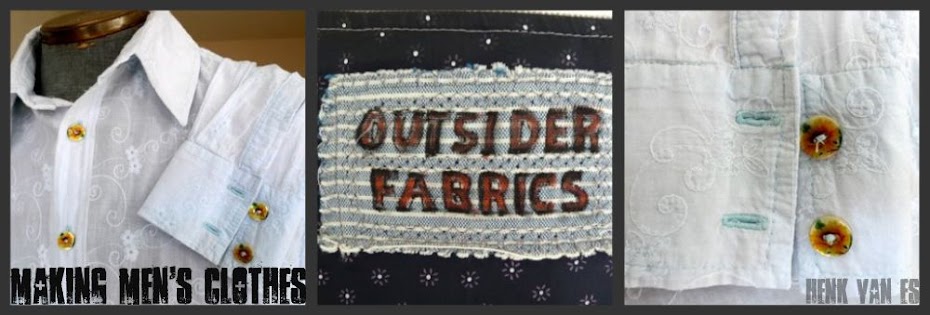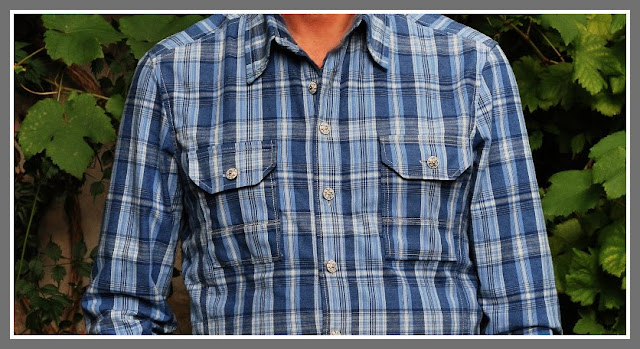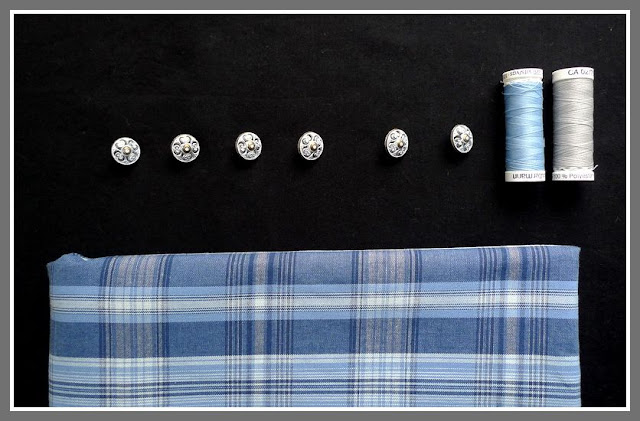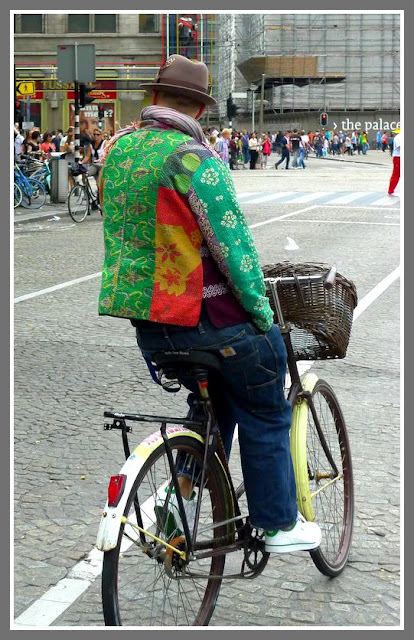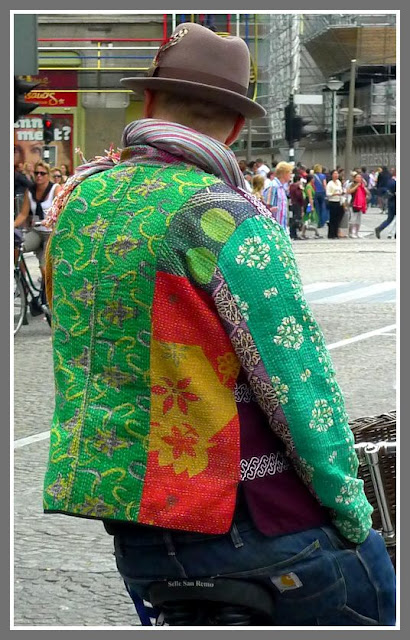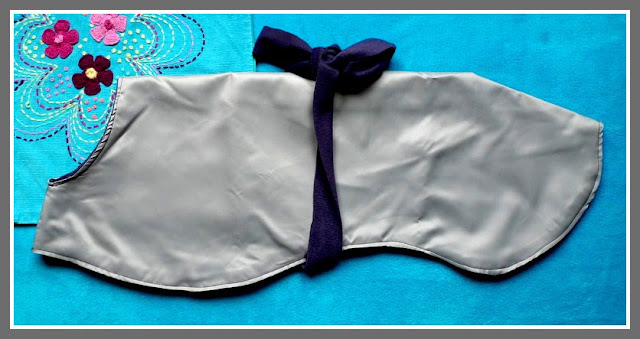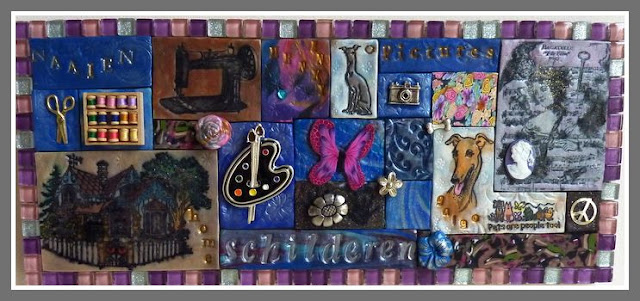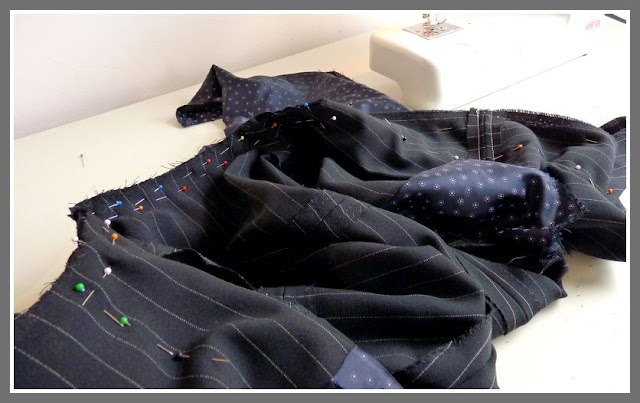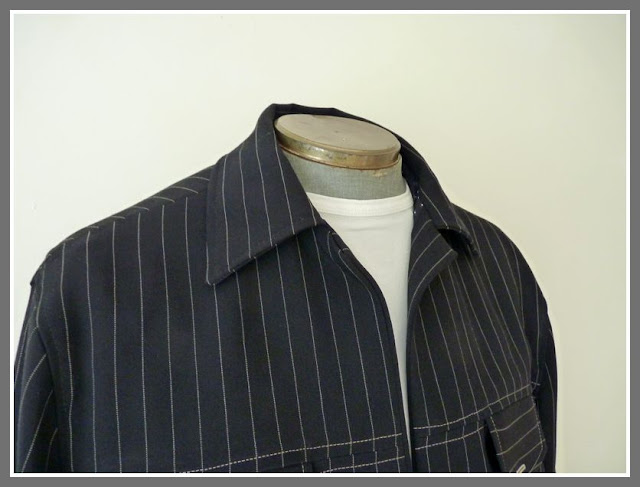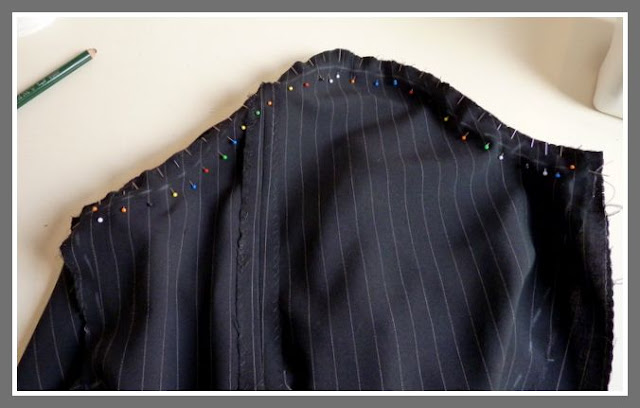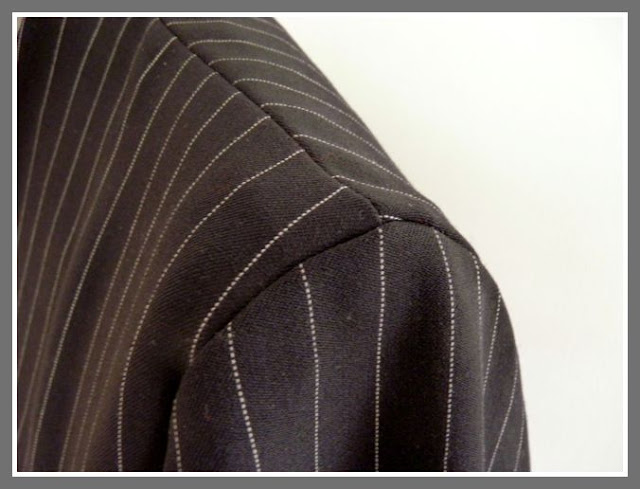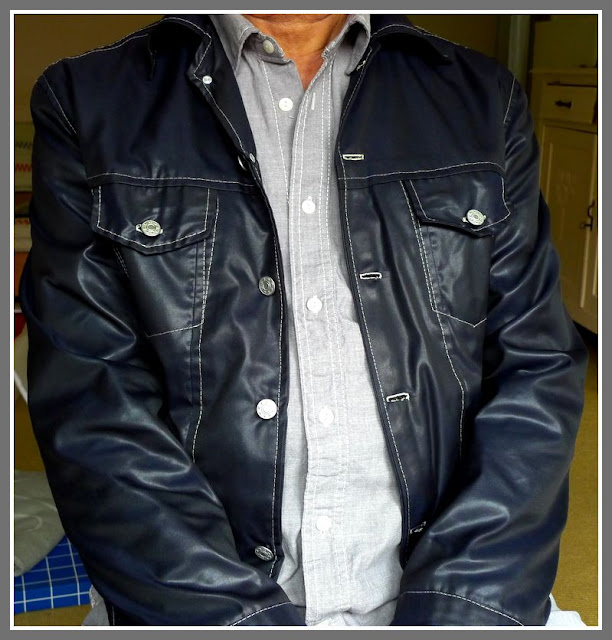Recently I wrote a post about my acquisition of some two meters of a checkered light cotton fabric, that should be manufactured into kind of a "western" blouse.
As the picture above shows, manufacturing has been done and the blouse is ready. It has patched pockets (usually the shirts I make, are without pockets, because I will not use these, but a "western" shirt would'nt be complete without them, is'nt it?)
I had to wear this shirt immediately.
This last days of august happened to be very sunny and it was nice to be outside in the sun and nice to walk around in this new garment.
Looking at this shirt myself, I must say, that my initial objections to plaid shirts start to fall.
I especially do like the function of the vertical dark blue stripes: these are more present than the horizontal ones, in this way countering a too "square" effect of the shirt.
No more thoughts about what might be trendy or not this fall. For me, now, it's just a nice shirt to see and to wear.
